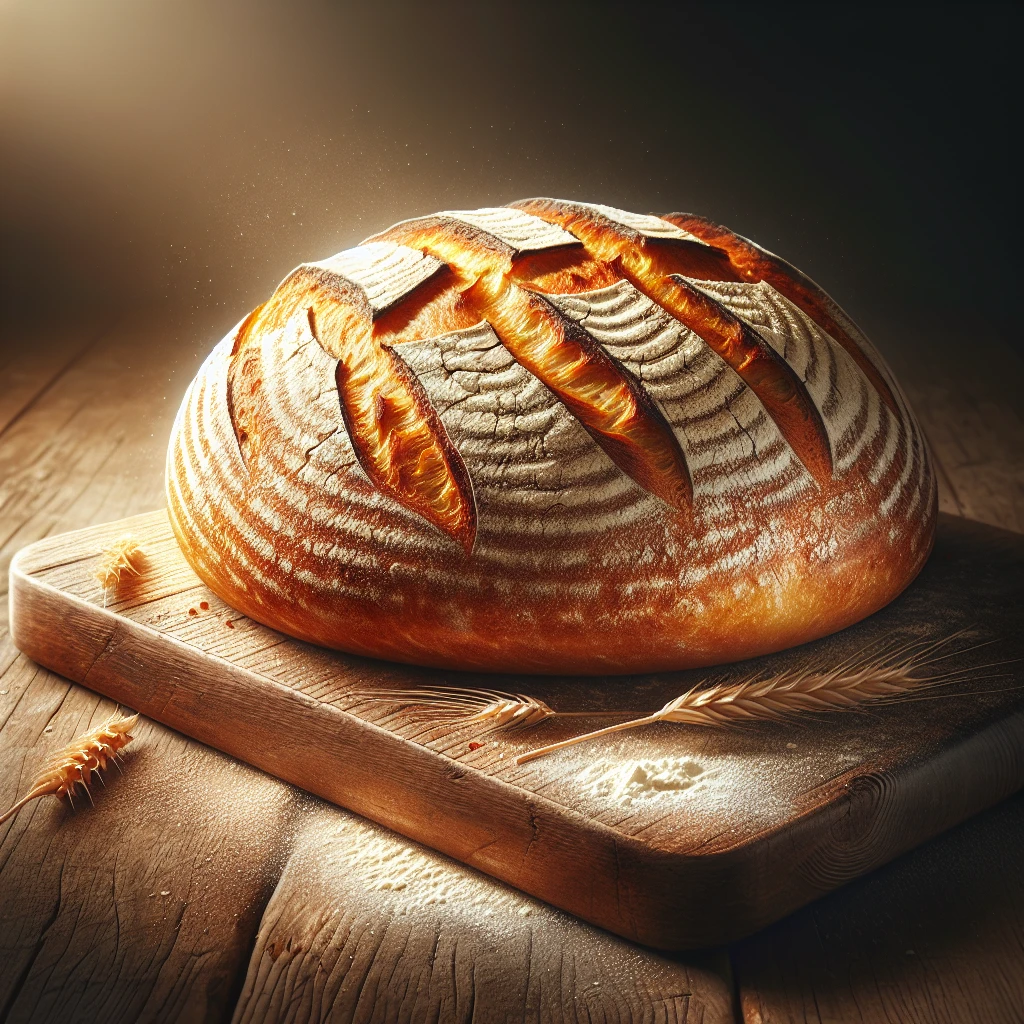
This Traditional Italian Bread recipe will transport you straight to a rustic Italian kitchen. With its crisp crust and soft, airy interior, it's a timeless classic that's perfect for any meal. Whether it's your first time baking bread or you're a seasoned pro, this recipe's simplicity and authenticity will win you over.
All-purpose flour acts as the backbone of our bread, providing structure and chewiness. You can experiment with bread flour for a chewier texture, but all-purpose does just fine here.
Warm water is crucial for activating the yeast, so aim for a temperature that's comfortably warm to the touch — not too hot, not too cold.
Active dry yeast is what gives our bread its rise. Make sure your yeast is fresh; otherwise, the dough won't rise properly.
Salt adds flavor and strengthens the dough structure. Without it, your bread might taste flat.
Olive oil enriches the dough slightly, adding moisture and a hint of flavor.
This bread is a perfect accompaniment to hearty soups and stews. Try serving it alongside a fresh Caprese salad, or use it as a base for bruschetta topped with tomatoes and basil. For a simple snack, dip it in a high-quality olive oil with a sprinkle of sea salt.
First, grab your large mixing bowl and add the warm water. Sprinkle the yeast over the water's surface and let it sit for about five minutes. You'll know it's ready when it starts to look foamy — that's the yeast waking up and getting ready to do its job.
Next, add the flour, salt, and olive oil to the bowl. Using a sturdy spoon or your hands, mix everything together until a dough starts to form. It might seem a little shaggy at first, but that's perfectly okay.
Now comes the fun part: kneading the dough. Flour your work surface lightly and turn out the dough. Knead it for about ten minutes. You'll notice it becoming smoother and more elastic as you go.
Once kneaded, place the dough into a lightly oiled bowl. Cover it with a damp cloth and find a warm spot in your kitchen for it to rise. After about an hour, your dough should have doubled in size. Patience is key here!
While the dough is rising, preheat your oven to 400°F (200°C). Once the dough has risen, gently punch it down to release the air and shape it into a loaf.
Place your loaf onto a baking sheet lined with parchment paper. Cover it again and let it rise for another 30 minutes. This second rise is crucial for achieving that lovely texture.
Before baking, make a few shallow cuts on top of the loaf. This helps the bread expand properly and gives it that classic look. Bake for 25-30 minutes until the crust is golden brown. Let it cool slightly before slicing — if you can wait!